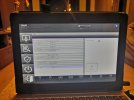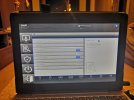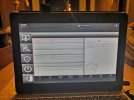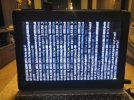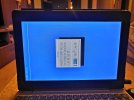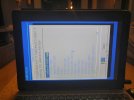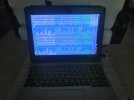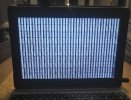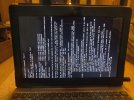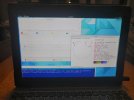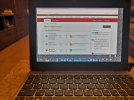1. Insert usb device with memstick boot image
2. Power On
3. Enter the BIOS (Fn + 2)
4. On the "Information", "Configuration", "Security" tabs, the settings are as shown in pictures 01-03
5. On the "Boot" tab, move the "EFI USB Device..." to the top of the list
6. Save and Exit
7. When the boot menu appears, press Esc, and type: gop list
8. Then type: gop set 2 (picture 04)
9. Then type: boot
10. FreeBSD starts loading (picture 05)
...continued in next post...
2. Power On
3. Enter the BIOS (Fn + 2)
4. On the "Information", "Configuration", "Security" tabs, the settings are as shown in pictures 01-03
5. On the "Boot" tab, move the "EFI USB Device..." to the top of the list
6. Save and Exit
7. When the boot menu appears, press Esc, and type: gop list
8. Then type: gop set 2 (picture 04)
9. Then type: boot
10. FreeBSD starts loading (picture 05)
...continued in next post...


